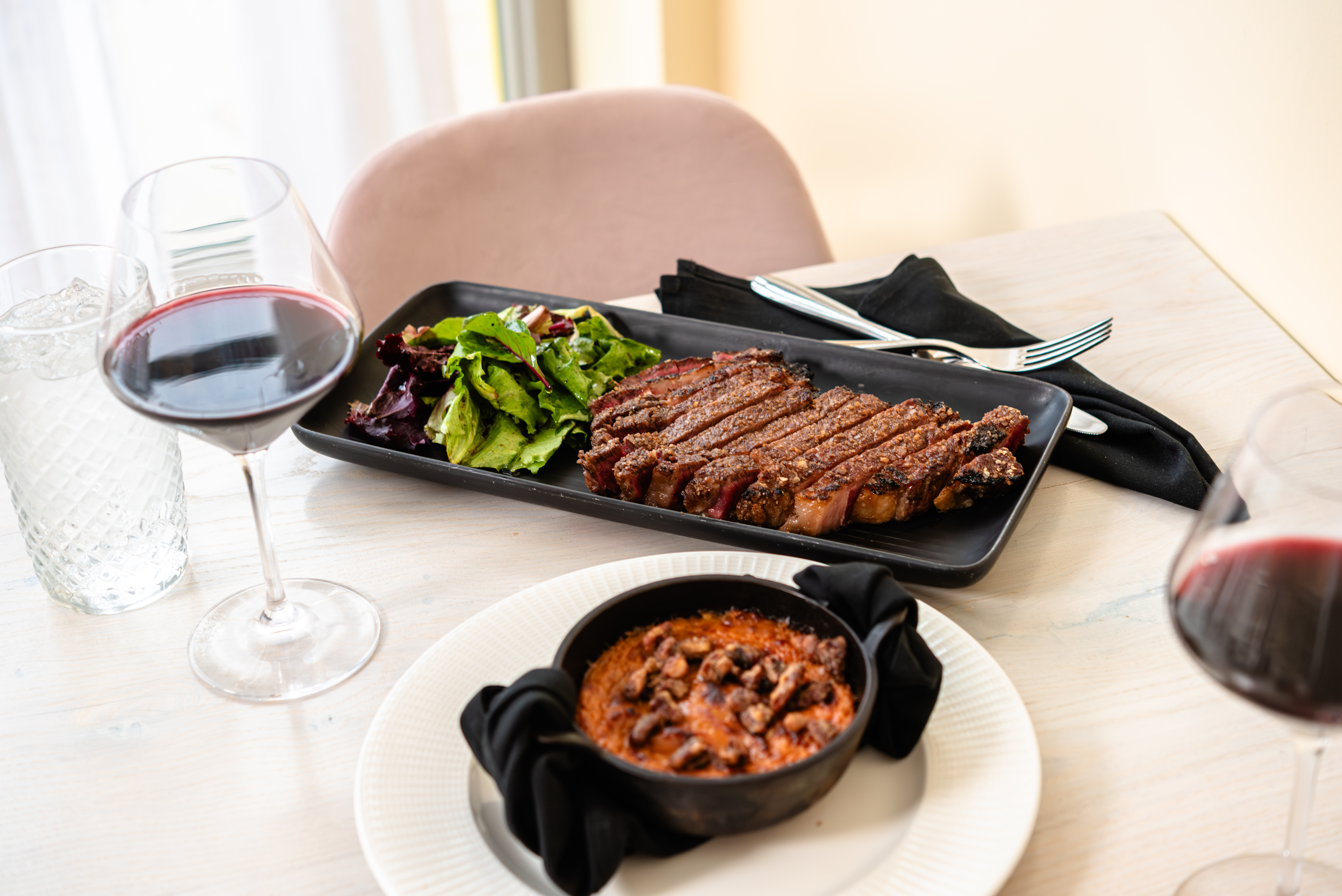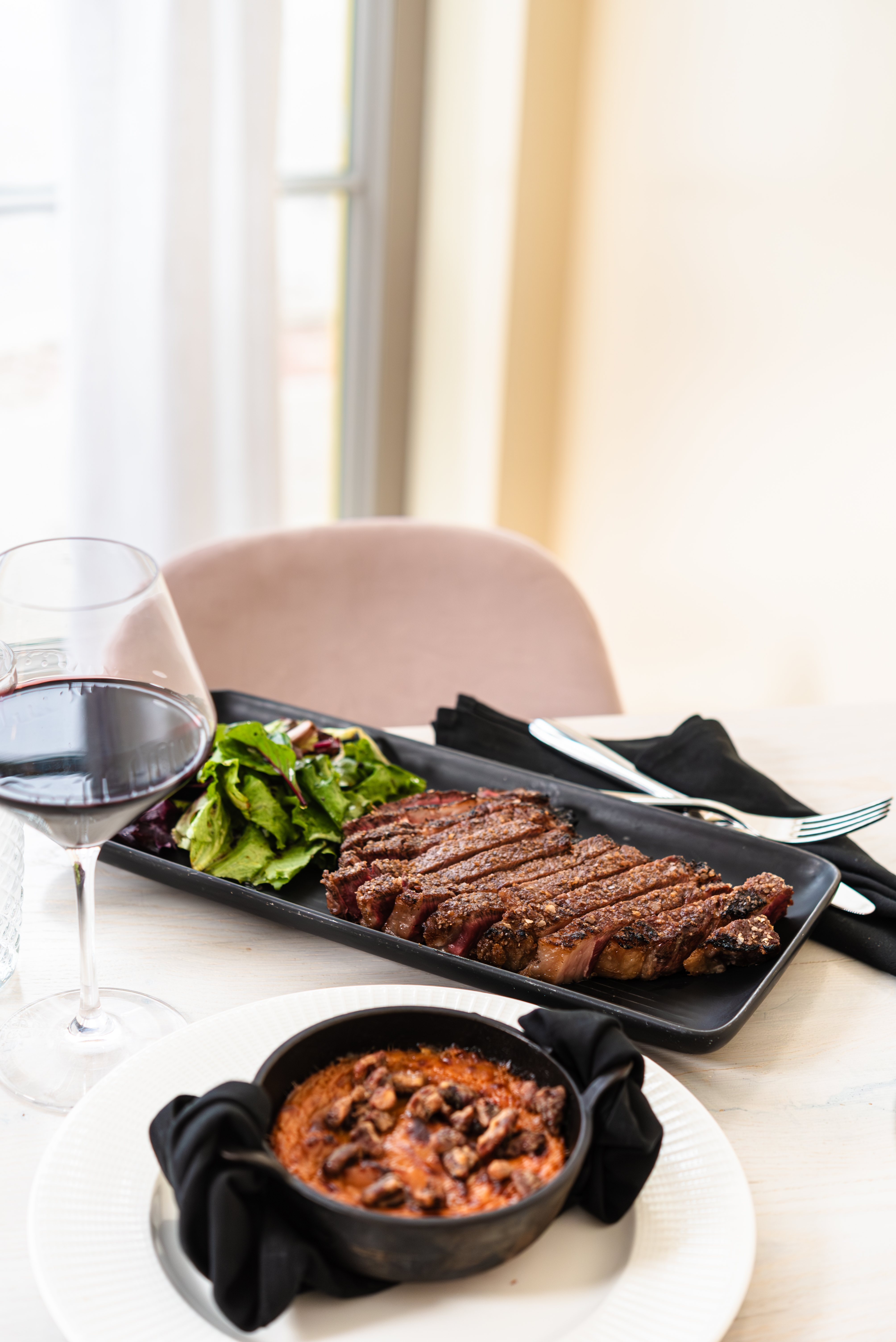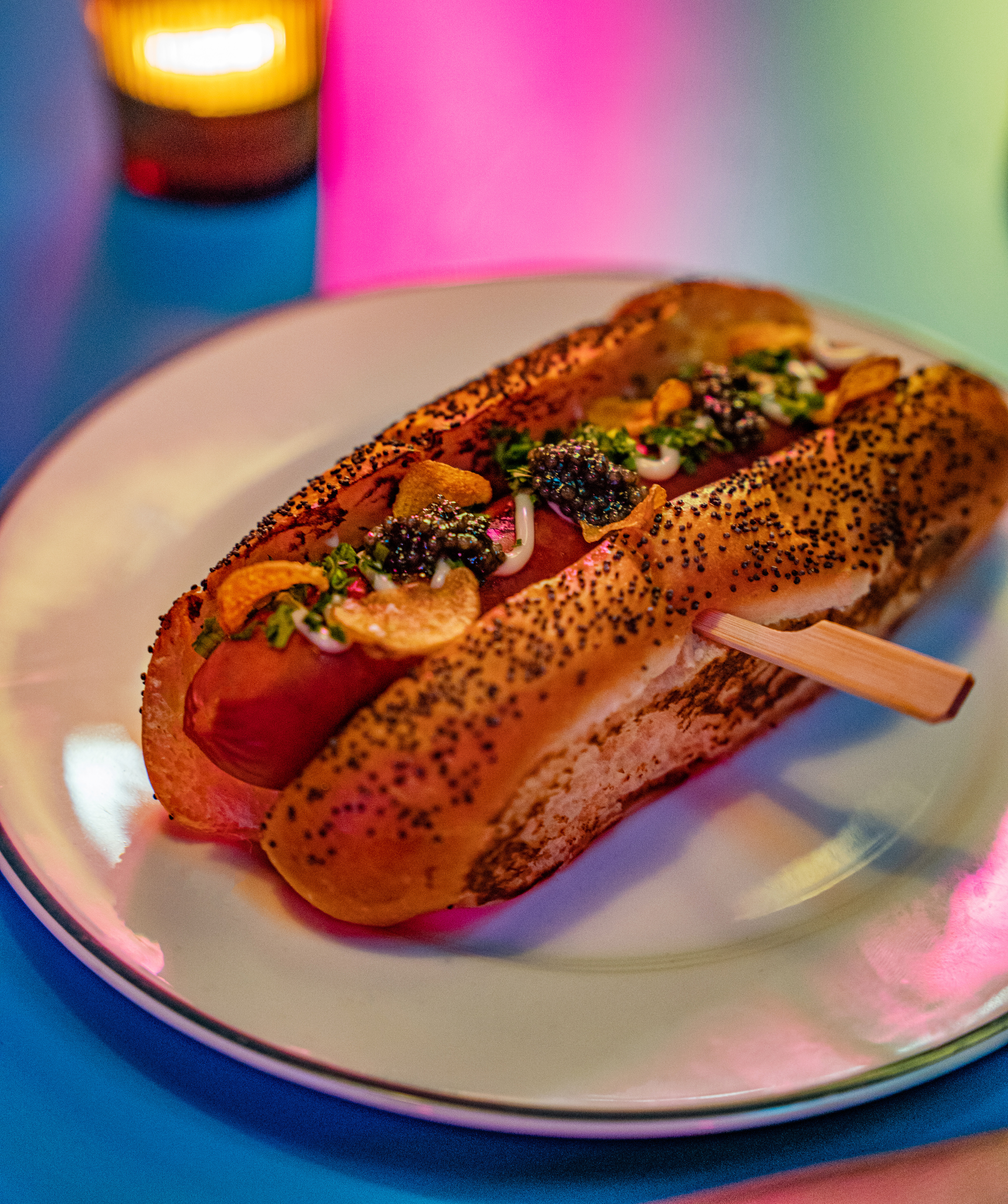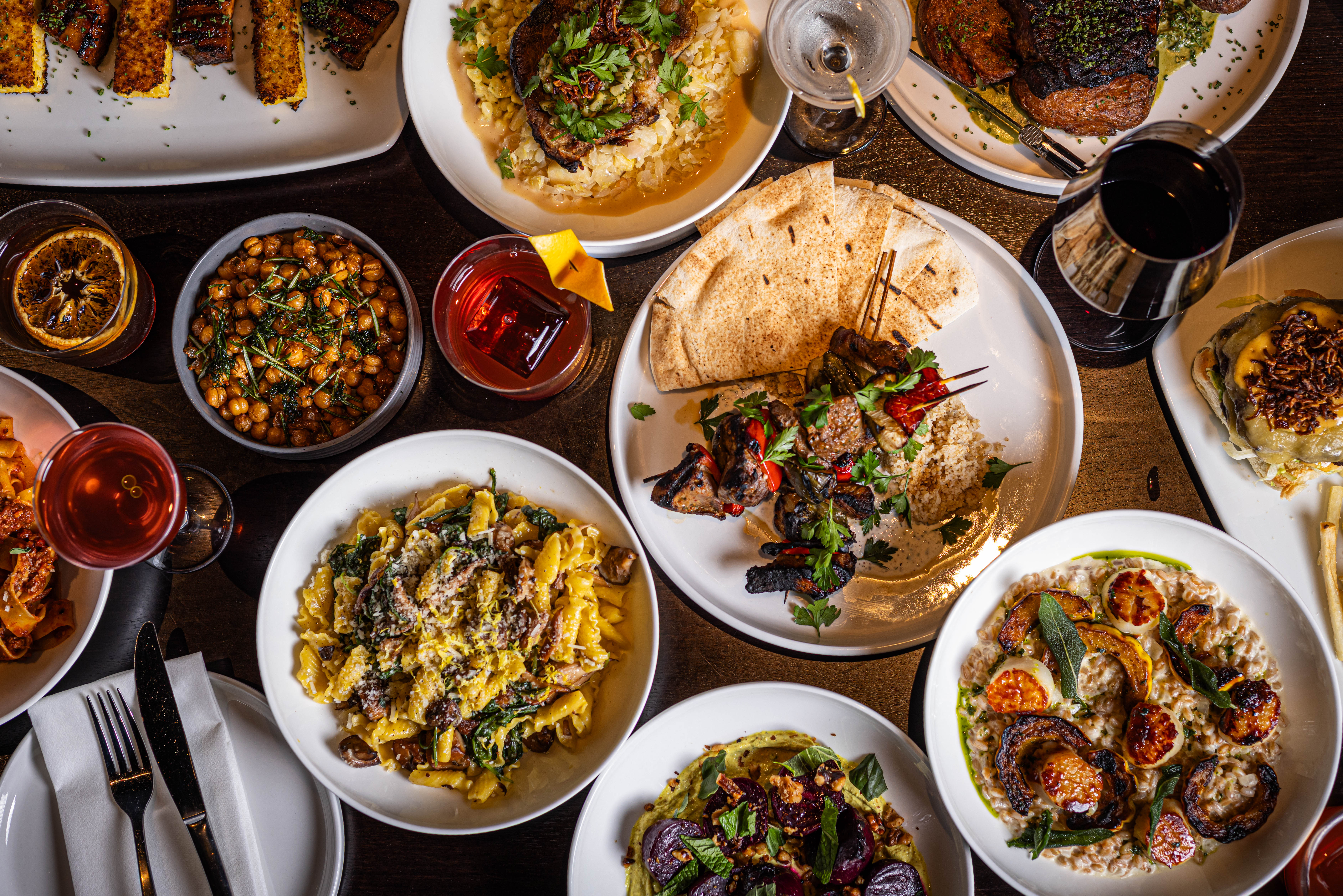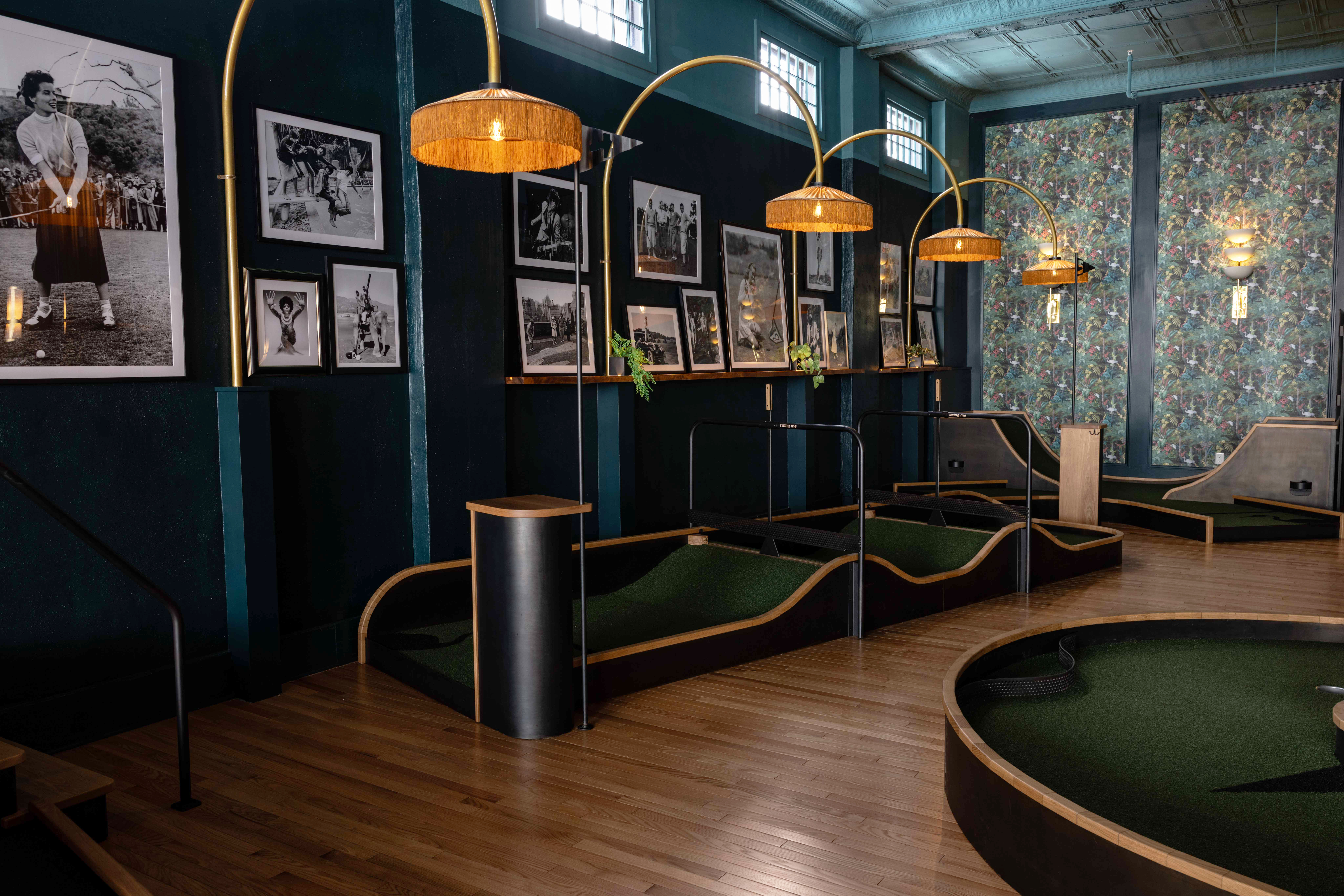Market Values: Delicious Decor
by Amber Matheson, Erick Trickey, Kim Schneider, Natalie Trusso Cafarello | Oct. 20, 2012 | 4:00 AM
Above the entryways
Each entrance to the market house is decorated with two reliefs on the door frame's corners. Similar to Matzen's interior artwork but even more detailed, they show a wider variety of produce and game, including a fish and a pair of turtles. The sculptures at the base of the tower, above the doors to the hot dog stand, especially stand out: woodcocks, rabbits, a hen and rooster, and a pair of ducks (pictured). The exterior and interior sculptures were cast by the firm Fischer and Jirouch, which later worked on Severance Hall and the Palace Theatre.
Rear of the market
Sinz, who became the dean of Cleveland sculptors and exhibited in the Cleveland Museum of Art's May Show every year from 1918 until his death in 1966, also sculpted the cow or ox head that decorates the rear of the market house. An interpreter once said it represented the ox's "patient, dedicated service to man." But it may be simpler than that. The cow has been the market's indispensable animal for a century. Meat and dairy vendors formed the majority of the market's businesses in 1912 and a large number of them today.
The market's interior arches
Two white ceramic reliefs decorate each arch inside the market house. The corbels are the work of Herman Matzen, who taught sculpture and design at the Cleveland School of Art for 40 years and also sculpted the statue of Mayor Tom L. Johnson in Public Square. Matzen created 10 designs in all; they repeat on the north and south columns. A lobster bears down on a fish while a crab crawls past it, wheat and corn frame a pig's head, and two rabbits crouch amid greenery. Other reliefs show an array of fruits and vegetables, including peppers, squash and bananas.
The market's façade
Walter Sinz, a student of Matzen's at the Cleveland School of Art, designed the sculptures just below the market house's rooflines. The eagle facing West 25th Street has been interpreted as a symbol of power and production, while the two cornucopias overflowing with fruits and vegetables represent the market's plenty. The wreath of acanthus leaves around the eagle's head is a Roman civic symbol, probably representing the city's role in creating the market. Sinz went on to join the Cleveland School of Art's faculty after graduating in 1911.
Trending
-
1
-
2
-
3
-
4
-
5





